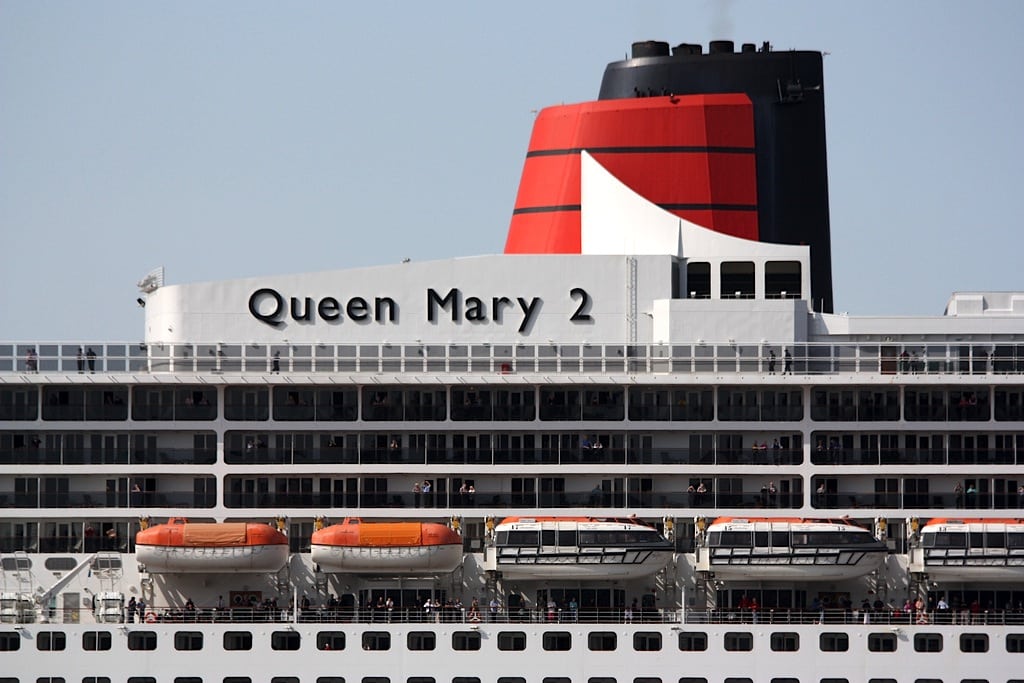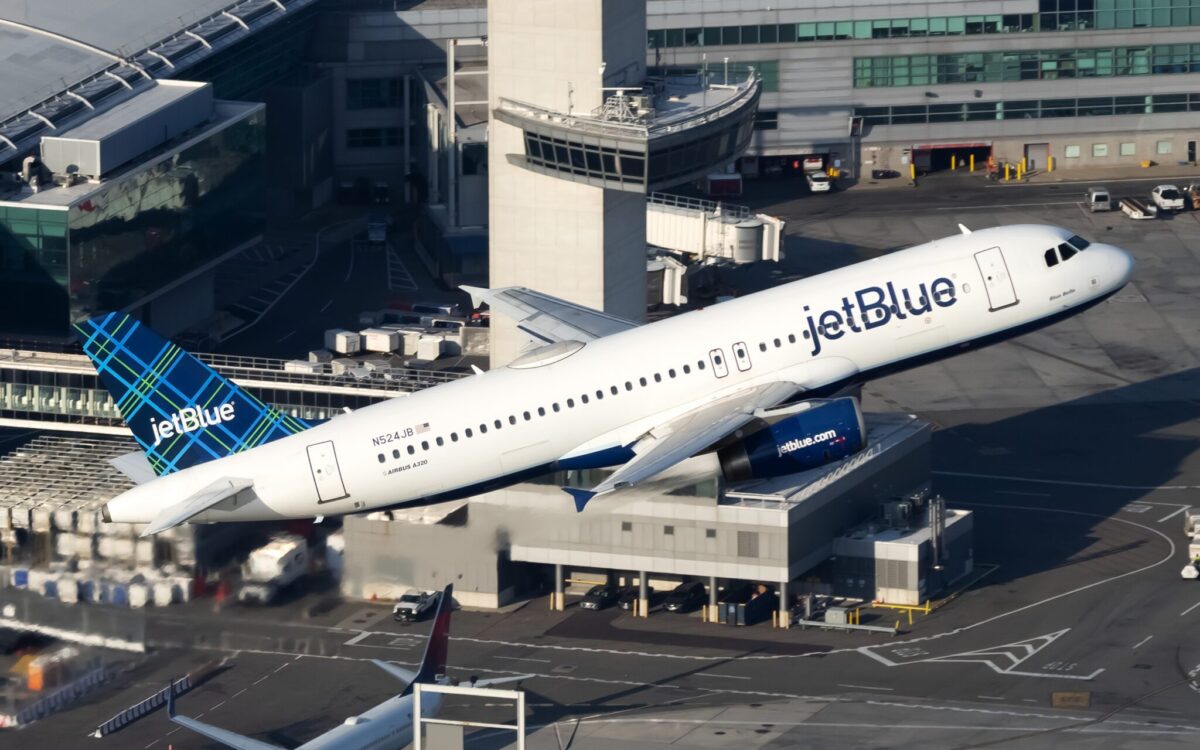The New York Times’ T Magazine takes a look at the stylish side of cruising

Skift Take
As Conde Nast Traveler began to demonstrate with its cruise coverage in summer of 2011, cruising has become such an enormous industry that it's become impossible for advertising-driven businesses to ignore it, even if they previously saw their brands above it.
Mass-market, buffet-fueled cruising is usually beyond the interest of the New York Times’ hyper-stylish T Magazine travel issues. This month, however, the issue dives deep into cruising and comes up with a few pearls:
- A couple’s story about taking a honeymoon cruise on the Queen Mary 2 out of Red Hook port in Brooklyn.
- A roundup of more interesting itineraries from major lines.
- The story of a first-time cruiser on Oceania’s M.S. Riviera.
Read the complete roundup here.
Up Next
Business Travel
The State of Corporate Travel and Expense 2025
A new report explores how for travel and finance managers are targeting enhanced ROI, new opportunities, greater efficiencies, time and money savings, and better experiences for employees with innovative travel and expense management solutions.
Sponsored Short-Term Rentals
Airbnb Co-Hosting Takes Off on Social Media. Is it a Threat to Property Managers?
If Airbnb co-hosting really takes off, it is going to take away properties from property management companies of all sizes. But the pool of potential properties to manage is large and growing.
Hotels
The Pig’s Founder Shares the Recipe for the Boutique Hotel Brand
"People think this is some sort of property game," says Robin Hutson, founder of The Pig brand of boutique hotels. "It's not a property game. ... This is a people game."
Tourism
How Does the Economy Impact Travel?
Economic issues are never far from the mind of travel executives, and here's a rundown of different ways the state of the economy impacts the industry.
Airlines
U.S. Fines JetBlue $2 Million for Chronic Flight Delays
The fine is the first time the Department of Transportation has charged an airline for constant flight delays.




